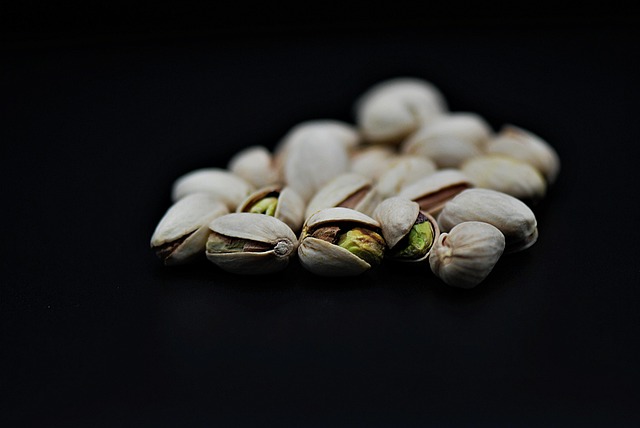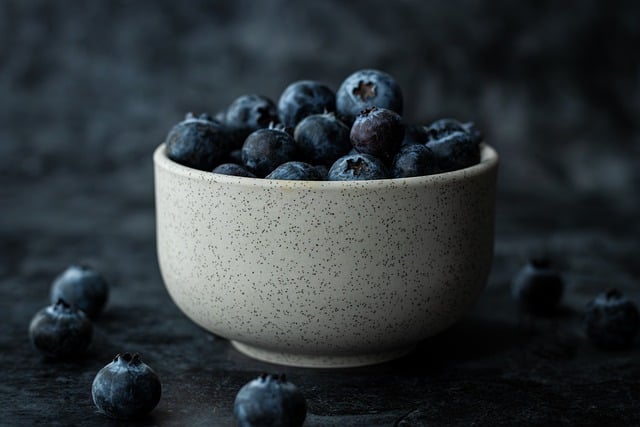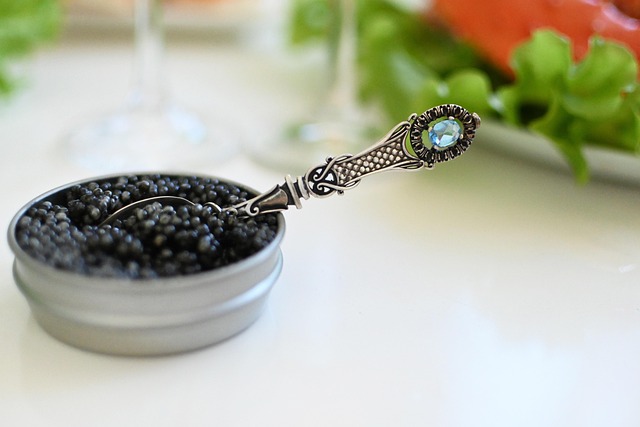
“Preventing Condensation: Tips for Keeping Your Kitchen Dry While Cooking”
Understanding Condensation in the Kitchen
Have you ever noticed those frustrating droplets of water forming on your kitchen windows or walls while you cook? That’s condensation at work. It’s a common issue that many home cooks face, especially during colder months or in kitchens with limited ventilation. Condensation happens when warm, moist air from cooking meets cooler surfaces, causing the moisture to turn into water droplets. Beyond being a nuisance, excess condensation can lead to mold growth, peeling paint, and damage to your kitchen surfaces.
Why Keeping Your Kitchen Dry Matters
A dry kitchen isn’t just about comfort—it’s about maintaining a healthy, safe cooking environment. Moisture build-up can invite bacteria and allergens, negatively affecting the air you breathe. Moreover, too much humidity can warp wooden cabinets or undermine the integrity of walls and ceilings over time, leading to costly repairs. Learning how to prevent condensation helps you protect your kitchen and enjoy your cooking space without worry.
Effective Tips to Prevent Condensation While Cooking
1. Use Proper Ventilation
The best way to manage condensation is to keep fresh air circulating. Always turn on your kitchen extractor fan or range hood when cooking. If possible, open a window slightly to allow steam to escape and fresh air to enter. This simple practice drastically reduces the buildup of moisture in the air.
2. Cover Your Pots and Pans
Did you know that leaving lids off your pots can dramatically increase moisture release? Cover your pans with lids when boiling or simmering to trap steam, which condenses on the lid instead of your kitchen surfaces.
3. Avoid Drying Clothes in the Kitchen
While it might be tempting, airing damp towels or clothes in the kitchen adds unnecessary moisture. Use a dedicated laundry area or ensure proper ventilation if it’s the only option.
4. Wipe Down Surfaces Regularly
After cooking, use a dry cloth to wipe condensation from windows, walls, and countertops. Keeping surfaces dry prevents mold spores from gaining a foothold.
5. Control Indoor Humidity
Consider investing in a dehumidifier during seasons when condensation is worse. This device helps maintain balanced indoor humidity, reducing dampness and making your kitchen more comfortable.
6. Maintain Your Heating System
Keeping your kitchen warm helps surfaces stay above the dew point, which minimizes condensation. Proper heating, combined with ventilation, can create the perfect environment to control moisture buildup.
Making Your Kitchen a Pleasant and Dry Cooking Space
Dealing with condensation can be a hassle, but it’s manageable with simple habits and tools. By understanding the root causes and taking preventive measures, you ensure your kitchen remains a dry, inviting place where cooking becomes a truly enjoyable experience. Say goodbye to steamed-up windows and damp walls, and hello to a fresh, comfortable kitchen atmosphere.


